This is a technical question that we often ask ourselves – and rightly so. We all want to know what we're getting, but also understand the issues behind these two leather processing methods.
To put it simply: raw hide, in its natural state, is useless as is. It is rigid, rotten, and unusable. This is where tanning comes in. This crucial step involves cleaning the hide (removing hair, grease, and impurities), then treating it to make it supple, strong, and durable over time.
There are mainly two main types of tanning:
👉Vegetable tanning, ancestral, based on natural tannins extracted from plants.
👉 Mineral tanning, more modern, uses chromium salts (today mainly chromium III).
Each has its own specificities, advantages, and limitations. The choice between one or the other depends on the leather's intended use, its desired durability, the desired aesthetic... and your environmental awareness.
Before tanning.
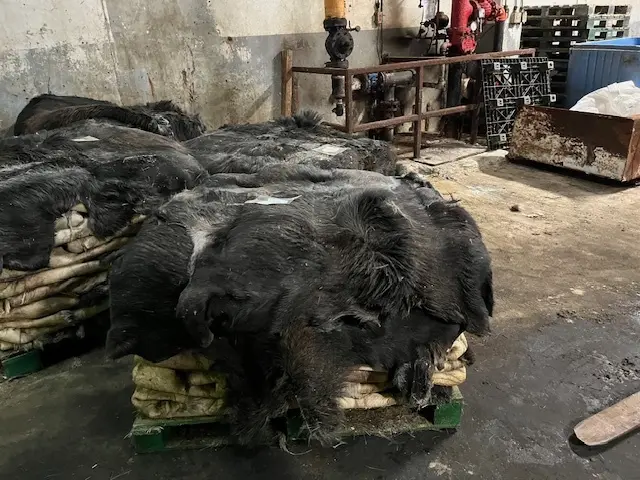
Drum
The drum is a huge cylinder in which the skins will turn until they are smooth.

Leather finished after drumming, dyeing.
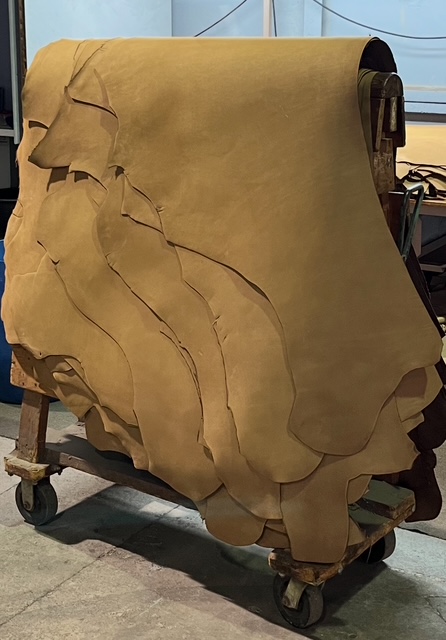
Vegetal Tanning:
A more natural technique, we will use in the drum (large barrel which turns with the skins inside, see photo below) natural tannins, bark, leaves, roots etc...
the tanning time is longer than mineral, you will have a leather with warm colors, it can be rigid at the beginning and then soften and patina over time, we are closer to authenticity. We find these leathers in artisanal leather goods, saddlery, belts or soles. They can be more expensive because they take longer to produce.
- Benefits :
- Natural and traditional
- Beautiful patina over time
- Very durable
-
Disadvantages:
- Less flexible at first
- Less water resistant
- Longer and more expensive
Chez Cuirs Desrochers nous avons toute une gamme de cuir tannage végétal, les cuirs naturel d'Eruope, la gamme Arizona pour ne citer que cela.
Mineral tanning:
Mineral tanning is an excellent process that will allow for faster production and more competitive prices, it will offer a wider range of colors, flexibility and uniformity at the surface of the skin.
For this, the tanner will use chromium salts in addition to the other components mentioned above. These chromium salts are not specific to the leather industry; you can also find them in clothing dyeing. Environmental processes and dosage are strict in Europe and America; tanneries are subject to draconian standards for the use and especially the treatment of water.
These leathers are found in the clothing, footwear, furniture and industrial sectors.
Benefits :
- Fast and economical
- Soft, stable and water-resistant leather
Disadvantages:
- Less durable over time
- Less eco-responsible
- Ages less well
We also have a selection of excellent quality leathers for your projects, including glove and clothing leathers.
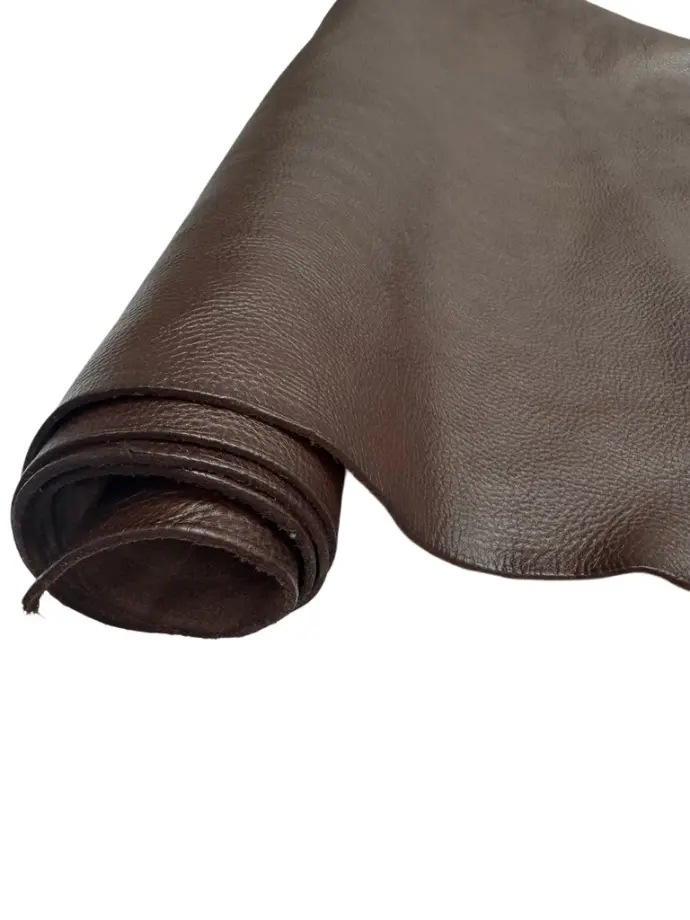
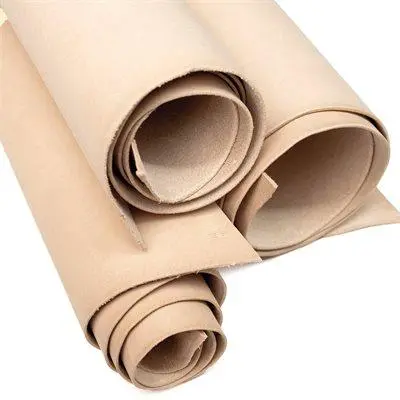
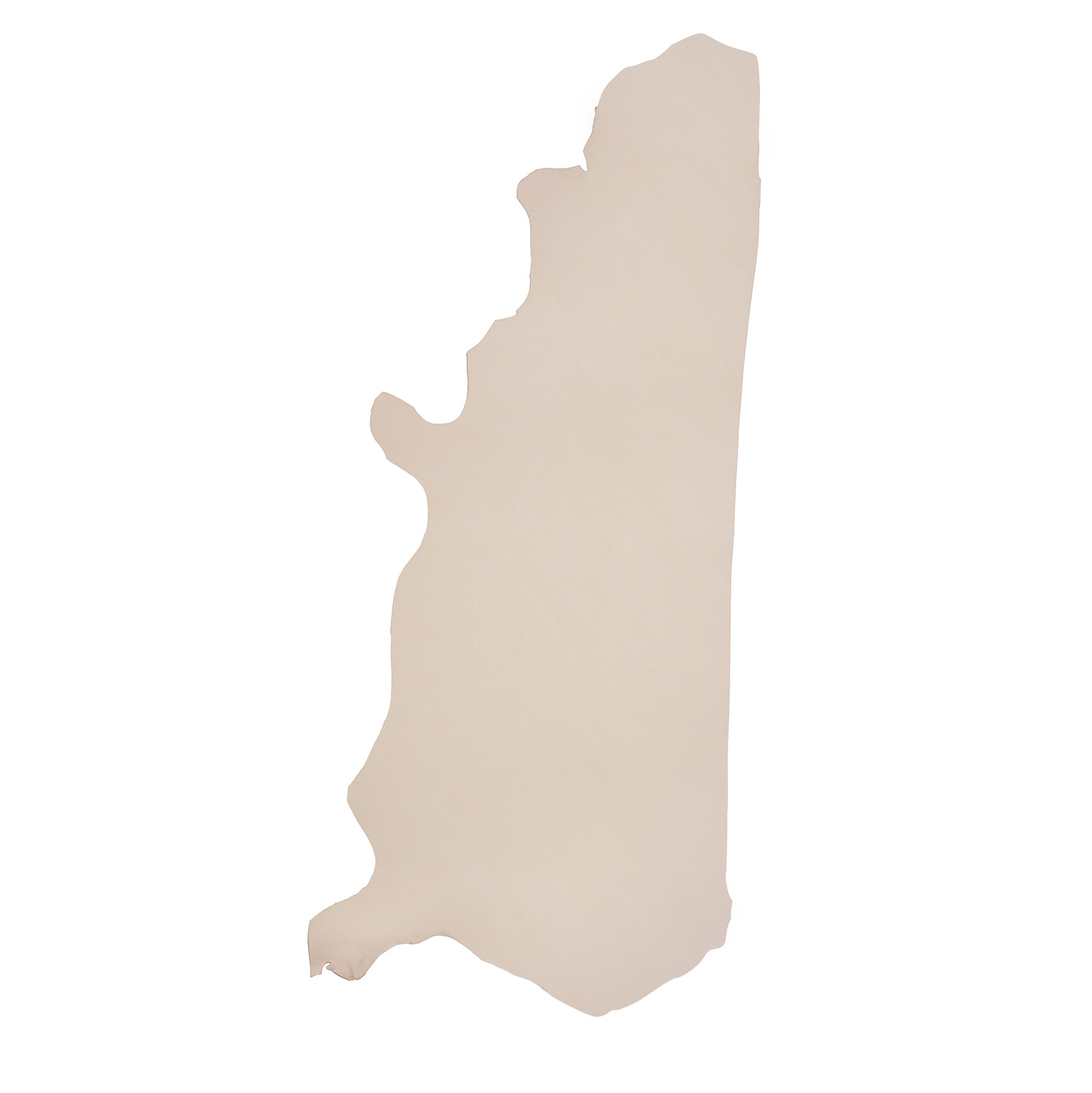
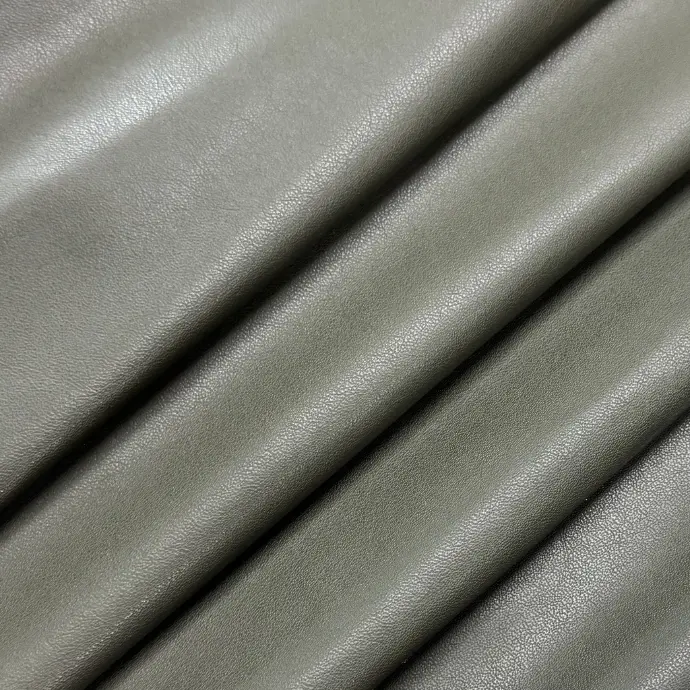
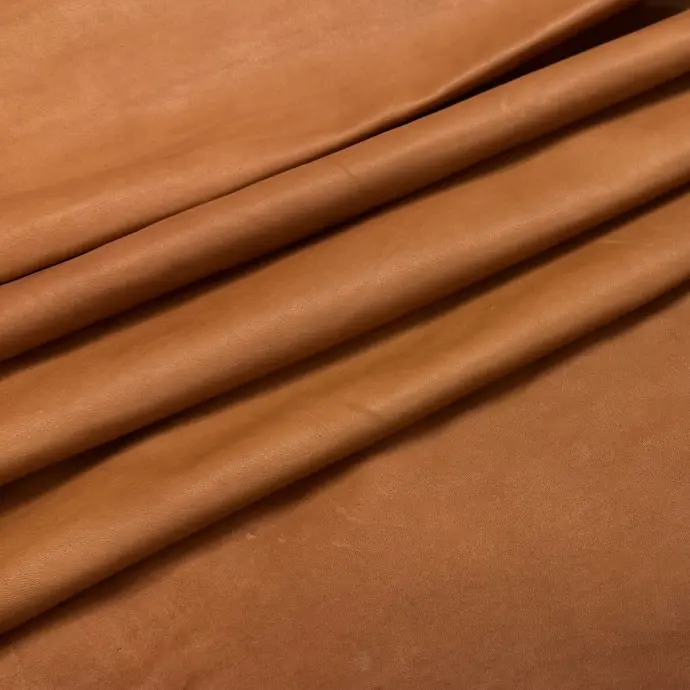

Vegetable or Mineral Tanning